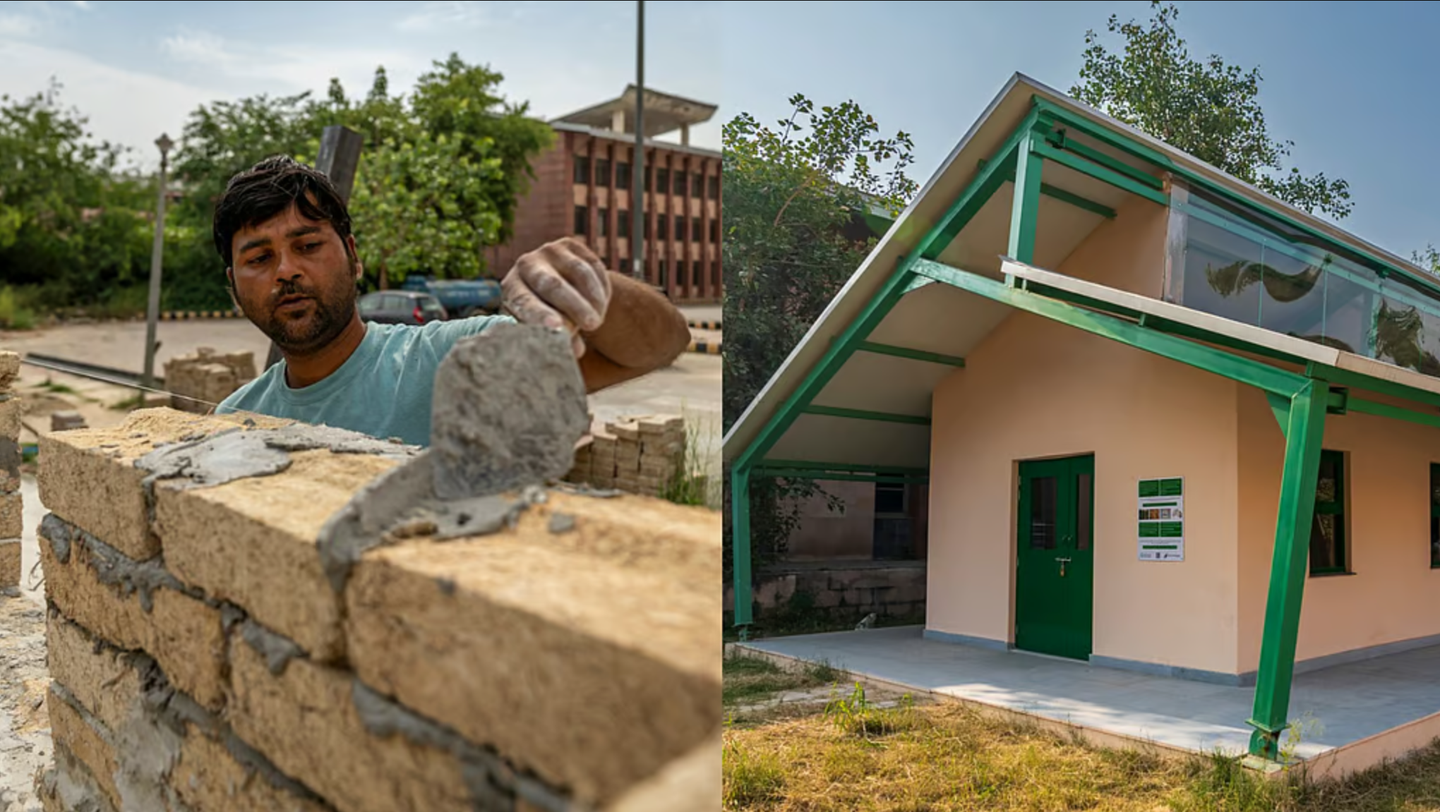First-ever vaccine prevents rheumatoid arthritis, study finds
Protein-based vaccine shows significant promise in preventing rheumatoid arthritis and improving bone quality suggesting long-term benefits.

[Sept 21, 2022: Tyrel Linkhorn, University of Toledo]
The protein-based vaccine shows significant promise in preventing rheumatoid arthritis and improving bone quality — suggesting long-term benefits following immunization. (CREDIT: Creative Commons)
Researchers at The University of Toledo have developed an experimental vaccine that shows significant promise in preventing rheumatoid arthritis, a painful autoimmune disease that cannot currently be cured.
The findings, detailed in a paper published in the journal Proceedings of the National Academy of Sciences, represent a major breakthrough in the study of rheumatoid arthritis and autoimmune diseases in general.
One of the most common autoimmune diseases, rheumatoid arthritis occurs when the body’s immune system attacks and breaks down healthy tissue — most notably the lining of joints in the hands, wrists, ankles and knees.
Some estimates suggest rheumatoid arthritis affects as much as 1% of the global population.
Related News
“In spite of its high prevalence, there is no cure and we don’t entirely know what brings it on. This is true of nearly all autoimmune diseases, which makes treating or preventing them so difficult,” said Dr. Ritu Chakravarti, an assistant professor in the UToledo College of Medicine and Life Sciences and the paper’s lead author. “If we can successfully get this vaccine into the clinic, it would be revolutionary.”
Chakravarti has for years studied a protein called 14-3-3 zeta and its role in immune pathologies, including aortic aneurysms and interleukin-17— a cytokine associated with autoimmune diseases. Based on their prior work, the research group was focused on the protein as a potential trigger for rheumatoid arthritis.
Instead, they found the opposite.
Rather than preventing rheumatoid arthritis, researchers discovered that removing the protein through gene-editing technology caused severe early onset arthritis in animal models.
Dr. Ritu Chakravarti, assistant professor in The University of Toledo College of Medicine and Life Sciences. (CREDIT: Daniel Miller | The University of Toledo)
Working under a new theory that the 14-3-3 zeta protein protects against rheumatoid arthritis, the team developed a protein-based vaccine using purified 14-3-3 zeta protein grown in a bacterial cell.
They found the vaccine promoted a strong and immediate — but long-lasting — response from the body’s innate immune system, providing protection against the disease.
KO rats exhibit severe and early IA. (A) The WT (n = 8) and KO animals (n = 8) were subjected to PIA. The experiment was repeated at least three times. Representative body weight gain and IA score during PIA are shown. (B) Representative pictures showing inflamed joint in WT versus KO animals are shown. (C) The 3D reconstruction of μCT scans of ankle and knee joints are shown. (Scale bar: 1 mm.) (D) Hematoxylin and eosin (H&E) staining of ankles harvested from WT or 14-3-3ζ KO rats were compared for bone damage and infiltrating immune cells. (Scale bar: 200 µm.) (E) The 14-3-3ζ antibody levels in synovial fluid were measured in WT and KO animals using ELISA. (F and G) Plasma profile of IL-17A and IL-6 measured in WT and KO animals using ELISA. (CREDIT: University of Toledo)
“Much to our happy surprise, the rheumatoid arthritis totally disappeared in animals that received a vaccine,” Chakravarti said. “Sometimes there is no better way than serendipity. We happened to hit a wrong result, but it turned out to be the best result. Those kinds of scientific discoveries are very important in this field.”
In addition to suppressing the development of arthritis, the vaccine also significantly improved bone quality — a finding that suggests there should be long-term benefits following immunization.
Immunization with 14-3-3ζ suppresses IA in WT LEW rats. (A) The 8-wk-old WT LEW rats were subjected to PIA followed by injection with IFA alone or mixed with 14-3-3ζ protein, as shown in Fig 3A. Animals were monitored for body weight and arthritis scores (n = 4). The experiment was repeated at least three times; a representative experiment is shown. (B) Representative pictures of inflamed joints are shown. (C and D) The 14-3-3ζ antibody level in the plasma (C) and synovial fluid (D) was measured using standardized ELISA. (E) The plasma IL-17A level in the IFA-treated versus IFA+14-3-3ζ–treated animals was measured using ELISA. (F) The H&E staining shows an effect of 14-3-3ζ immunization on the immune cell infiltration in the ankle joint. (Scale bar: 500 µm.) The magnified image of the inset is shown on the right. (Scale bar: 200 µm.) (G) The 3D reconstructions of IFA- and IFA+14-3-3ζ–treated animals show the effect of 14-3-3ζ immunization on the trabecular bone and cortical bone thickness. Scale bar: 1 mm. **P
Currently, rheumatoid arthritis is treated primarily with corticosteroids, broad scale immunosuppressive drugs or newer, more targeted biologics that target a specific inflammatory process.
While those therapeutics can alleviate pain and slow the progression of the disease, they also can make patients more vulnerable to infection and, in the case of biologics, can be costly.
“We have not made any really big discoveries toward treating or preventing rheumatoid arthritis in many years,” Chakravarti said. “Our approach is completely different. This is a vaccine-based strategy based on a novel target that we hope can treat or prevent rheumatoid arthritis. The potential here is huge.”
Researchers have filed for a patent on their discovery and are seeking pharmaceutical industry partners to support safety and toxicity studies in hopes of establishing a preclinical trial.
For more science and technology stories check out our New Discoveries section at The Brighter Side of News.
Note: Materials provided above by University of Toledo. Content may be edited for style and length.
Like these kind of feel good stories? Get the Brighter Side of News' newsletter.
Joseph Shavit
Head Science News Writer | Communicating Innovation & Discovery
Based in Los Angeles, Joseph Shavit is an accomplished science journalist, head science news writer and co-founder at The Brighter Side of News, where he translates cutting-edge discoveries into compelling stories for a broad audience. With a strong background spanning science, business, product management, media leadership, and entrepreneurship, Joseph brings a unique perspective to science communication. His expertise allows him to uncover the intersection of technological advancements and market potential, shedding light on how groundbreaking research evolves into transformative products and industries.



